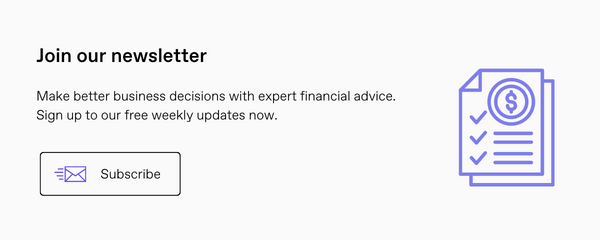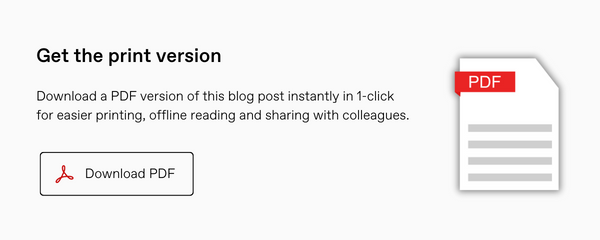Boosting Employee Attendance: A Game-Changing Strategy for Improved Productivity
In the winter months it’s especially common for to struggle with employee absenteeism, especially if you suspect some team members may be taking advantage of sick leave.
As a business owner or manager, it’s crucial to understand the negative impact that absenteeism can have on productivity and overall business performance.
In this video, we reveal a proven strategy that has yielded impressive results for our clients in addressing excessive sick leave and absenteeism. Plus, there are added benefits to this simple yet powerful strategy, such as:
- Improved productivity
- Higher revenue
- Reduced pressure on remaining employees
- More positive working environment, and
- Enhanced management culture.
How Employee Absenteeism Impacts Your Business
There are a variety of problems caused by employees taking sick days when they may not genuinely be unwell, especially in Australia with unemployment rates being at record lows.
This may include how an employee’s absence affects overall productivity through reduced individual output, or the increased workload (and subsequent stress) on remaining employees.
Specifically regarding financial performance, when employees fail to show up for work, it directly affects your business' bottom dollar.
The Financial Impact of Staff Absenteeism
To grasp the significance of this, the first step is understanding the key performance indicator (KPI) metric of revenue per employee – or for each person that works for you, how much revenue they generate for your business.
Statistically, for most businesses this is between $200 and $300 per hour, per employee. Naturally, this metric will differ based on specific occupations and across various industries. But regardless of an employee’s role, any absence has a ripple effect on productivity and revenue generation.
As a hypothetical example, using the conservative figure of $200 per hour per person, a business with 20 employees working 8 hours per day over 21 working days per month would generate $672,000 in revenue.
How to Increase Employee Attendance with a Bonus System
To combat excessive sick leave and improve attendance, we recommend our clients implement what we call a ‘go-to-work bonus’ strategy. Initially, this idea might seem unconventional – paying employees on top of their salary or wages just for showing up.
However, in today's world, incentivising attendance and ensuring consistent performance is crucial.
How the Strategy Works
To begin, each month you contribute $100 per person to a pool that serves as a bonus for staff attendance.
The two attendance criteria are:
- When an employee takes an unplanned sick day or any other unscheduled leave, they remove themselves from the pool.
- If someone has a pre-planned annual leave day, they remain eligible for the bonus.
It is important to note that safety and well-being should always be prioritised. If someone is genuinely ill, employees are not encouraged to come to work.
Sharing the Bonus
At the end of each month, the total pool amount is divided among the employees who met the attendance criteria.
- If only one person meets the criteria, they receive the entire pool amount.
- If every employee achieves perfect attendance, they each receive a $100 bonus.
- If no-one meets the goal, the pool amount either carries over to the next month or is returned to the business.
The Impact of a Go-to-Work Bonus System
Among our clients, implementing this strategy has proven to be a highly effective yet inexpensive and method for improving attendance and productivity.
For instance, in our hypothetical example of a business with 20 employees generating $200 per hour, the $2,000 pool compared to the monthly revenue of $672,000 is an incredibly cost-effective solution, at 336% return on investment. (Note: We encourage you to tailor the strategy to your specific needs by customising the bonus amount based on your business’ revenue per hour.)
Lastly, higher attendance also reduces the burden on employees who are present, and positions your business as an innovative and generous one. Ultimately this fosters a positive management culture, and a more positive work environment overall.
Conclusion
In a competitive job market with low unemployment rates, ensuring employee attendance is crucial for maintaining business productivity and success.
By implementing a go-to-work bonus strategy, businesses can effectively address excessive sick leave and absenteeism, resulting in improved productivity, higher revenue, reduced pressure on remaining employees, and a more positive team culture.
Ultimately, this simple yet powerful strategy presents a cost-effective way to drive higher attendance rates and foster a more productive work environment.
Learn everything we teach our clients, for free
Join 350+ business owners & key decision-makers who receive free weekly business & accounting tips, delivered straight to your inbox every Wednesday. Sign up now.





